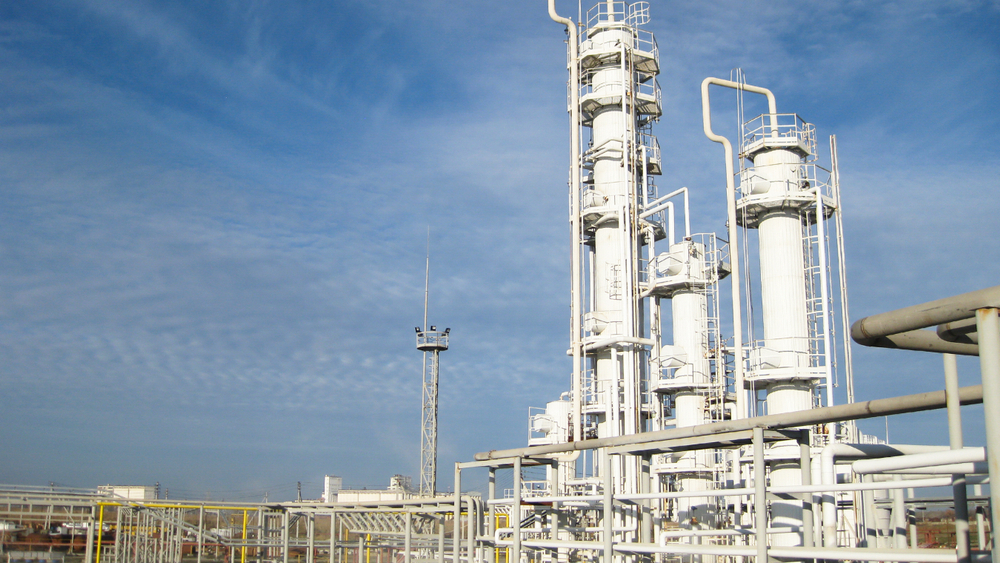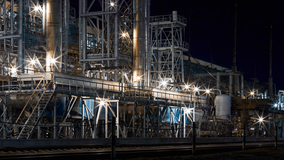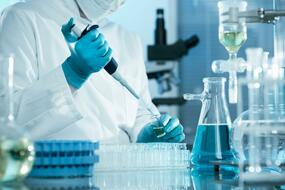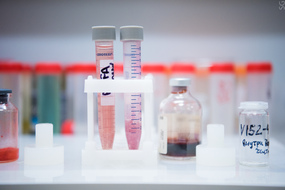Сhemists from the National University of Science and Technology MISIS (NUST MISIS) have studied the role of zinc in carbon dioxide recycling catalysts. Addition of this metal led to an increase in the activity of these catalysts by
Every year, the issue of reducing greenhouse gas emissions becomes more acute. In recent years, numerous scientific groups have turned their attention to developing ways to reduce carbon dioxide emissions. The chemical conversion of carbon dioxide into valuable products, which can subsequently be reused in various fields of the chemical industry, is very promising.
The CO2 molecule is extremely stable; therefore, it is necessary to use a catalyst and high-energy reagents, such as hydrogen, to carry out chemical reactions with it. From this point of view, hydrogenation of carbon dioxide on heterogeneous catalysts is a simple and convenient way to obtain synthesis gas (raw material for chemical reactions), hydrocarbons of various structures, methanol, other alcohols and some other oxygen-containing organic substances.
Scientists from NUST MISIS, N.D. Zelinsky Institute of Organic Chemistry RAS and Lomonosov Moscow State University have studied the role of zinc in the composition of iron-containing catalysts for the hydrogenation of carbon dioxide and have found that this metal significantly improves the properties of the catalysts and contributes to more effective CO2 processing.
“In the paper, we have shown that an increase in catalytic activity can be achieved due to the simultaneous introduction of iron and zinc during the synthesis of the catalyst. The dependence of catalyst activity on the iron/zinc ratio is extreme. Samples with approximately equal iron to zinc ratios show the greatest activity.”
The presence of zinc in the catalyst changes the iron reduction scheme and contributes to the easier formation of metal iron necessary for the formation of active centers responsible for the growth of the hydrocarbon . In addition, the presence of zinc in the catalyst leads to a change in the electronic properties of iron. This indicates that zinc allows to control not only the structural, but also the electronic properties of these catalysts," said Nikolai Evdokimenko, a researcher at the NUST MISIS Nanochemistry and Ecology Laboratory.
The introduction of zinc into the composition leads to the formation of a mixed ZnFe2O4 phase, which ensures the process of iron reduction at lower temperatures, and the presence of mobile oxygen in the structure of zinc oxides provides additional centers for adsorption and activation of the CO2 molecule. This leads to an increase in the activity and selectivity of the formation of hydrocarbons in the process of hydrogenation of carbon dioxide.
The team is currently continuing a series of laboratory studies to optimize technology for industrial applications.






